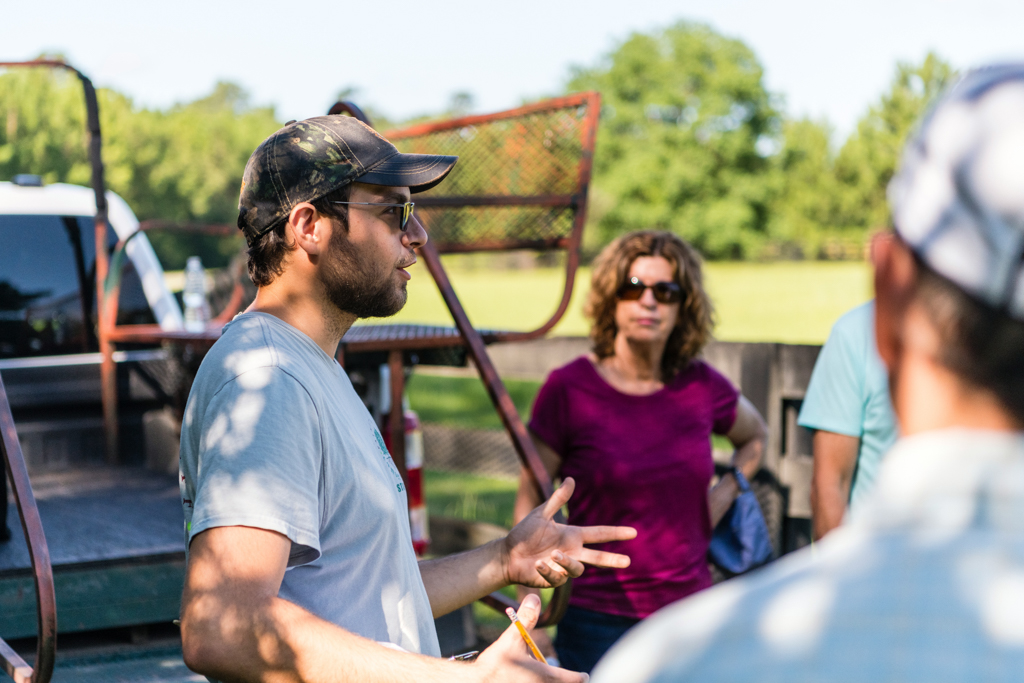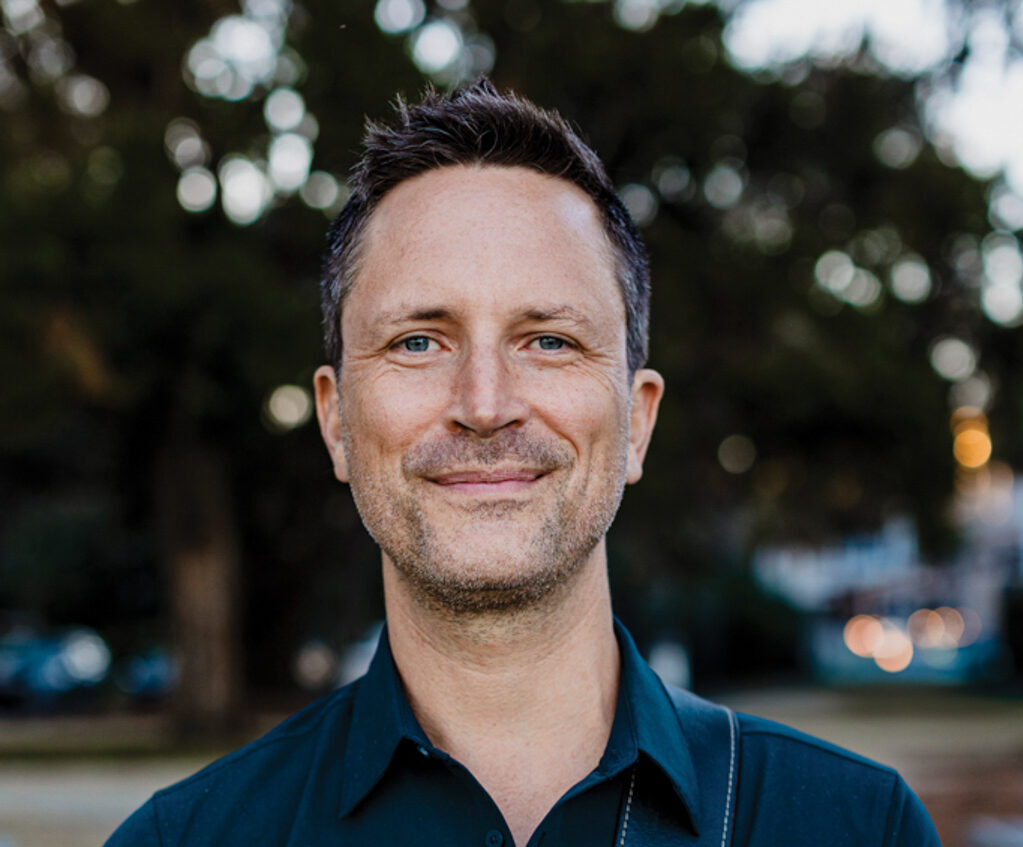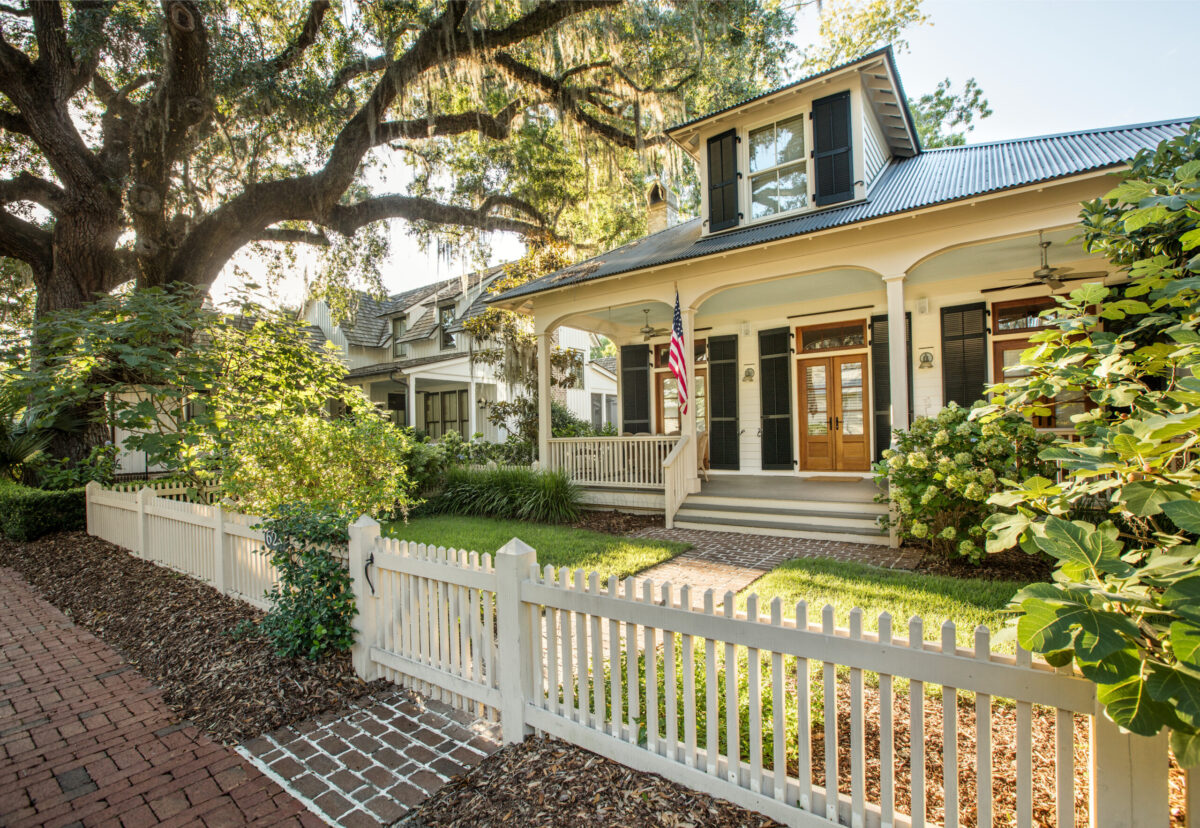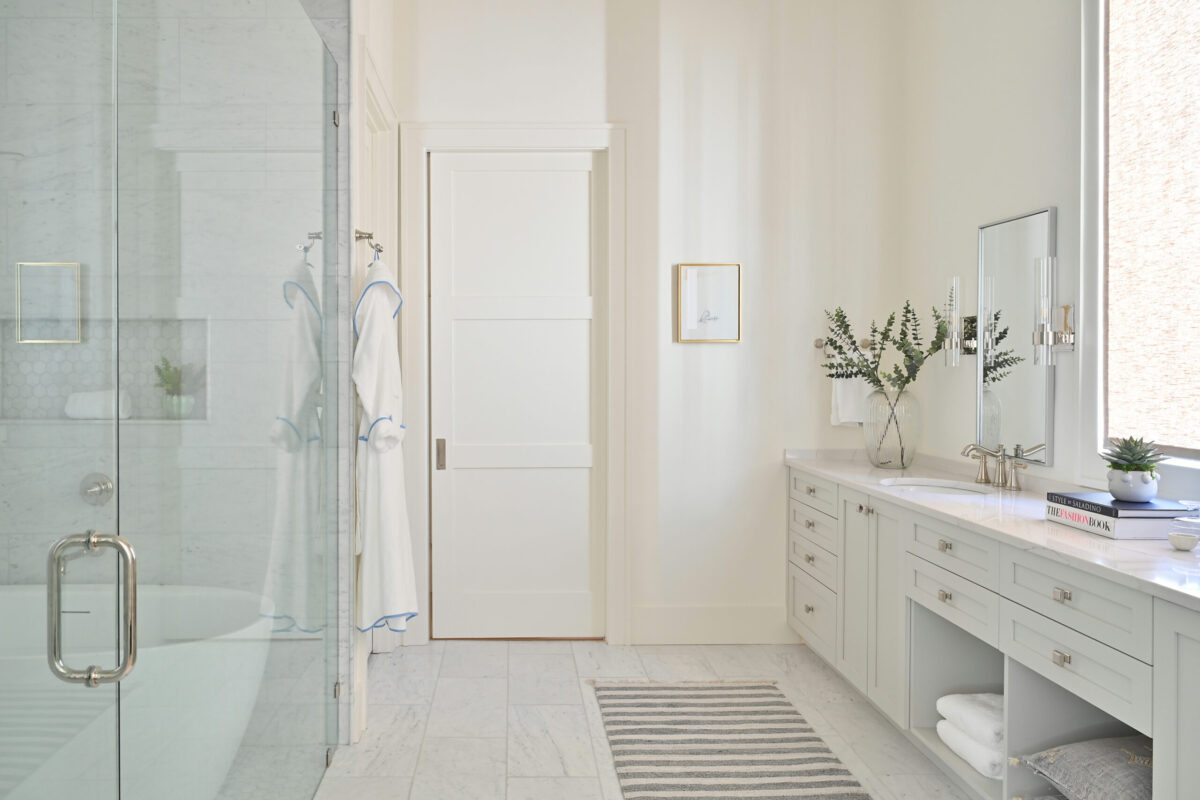Palmetto Bluff Real Estate Company Sales Office
Office Hours
Monday-Friday 9am - 5pm
Saturday 9am - 4pm
Sunday 12 - 4pm
Saturday 9am - 4pm
Sunday 12 - 4pm
In the summer of 1838, 25-year-old Henry Hartstene, owner of Palmetto Bluff’s Chinquapin and Greenleaf plantations, set sail with the U. S. Exploring Expedition.
Hartstene had been in the navy for nearly ten years; he enlisted shortly after graduating from the American Literary, Scientific, and Military Academy in Middletown, Connecticut in 1828. Other than a few months’ leave in 1836 to marry Martha Ann Roberts in Savannah, he had been at sea for most of those years. The U. S. Exploring Expedition, however, was unlike any of Hartstene’s previous naval assignments. The six ships of the expedition had minimal armaments as their mission was scientific and commercial rather than military. The flotilla was to explore and map the South Pacific and Antarctic Oceans and assess the potential for economic enterprises such as whaling. Nine scientists were to collect specimens and illustrate the flora, fauna and native cultures encountered during the voyage.
By 1842, when the expedition returned, an extraordinary amount of scientific information had been collected. Thousands of observations of temperature, winds, currents and astronomical details would assist navigators for decades. The detailed maps of the islands of the South Pacific would be used by military commanders in World War II. The specimens brought back by the biologists and the ethnographers would become some of the greatest treasures of the collection of the Smithsonian’s natural history museum. But it was the live plants that required an immediate home, and they would become the foundation of the United States Botanic Garden.
The idea of a national botanical garden arrived well before the return of the explorers. In fact, George Washington had proposed including a botanical garden during the planning of the capital. Washington, like Jefferson and other leaders of the young nation, regarded plants as critical to the economic success of the United States. Washington believed that the agricultural and medicinal value of plants from around the world could be investigated at a botanical institution, and he suggested several possible locations in the plans for the District of Columbia. Nevertheless, it wasn’t until 1820 that Congress set aside land in the city of Washington for a botanical garden. Despite the initial enthusiasm, financial support proved fleeting, and in 1837, care and maintenance of the garden ended.%GALLERY%The return of the U. S. Exploring Expedition with its thousands of pressed plants, 250 live plants and numerous seeds, reawakened interest in a botanical garden, and the old garden was renovated and expanded, and a new greenhouse was constructed. As other expeditions brought back tropical plants from distant and mysterious locales, new greenhouses were added.
The United States Botanic Garden rapidly became a favorite destination for residents and visitors, and an excursion to view the latest horticultural novelty or resplendent blossom was especially popular. Americans throughout the country were as fascinated by exotic additions to the garden as they were by the expeditions that procured them. A Charleston newspaper in 1857 recommended that “Strangers in Washington as well as our fellow-citizens should visit the conservatories of the general government. The inside of some of these buildings at this time presents the appearance of an immense bouquet of every variety of rich and rare flowers, and the odor which meets one on entering them is exquisitely delicious. In the large building, besides the coffee tree, the tea plant, the cinnamon and clove trees, the visitor will find rare plants and flowers from almost every clime.” (Charleston Mercury, April 3, 1857).
Today, the United States Botanic Garden, open daily from 10 a.m. to 5 p.m., welcomes over 750,000 visitors per year. In addition to preserving and propagating rare and endangered plants from around the world, the Botanic Garden’s educational exhibits showcase the earth’s diverse ecosystems as well as new cultivars and innovations in garden design. One display has a special significance to Palmetto Bluff: the sago palm in the Garden Court is the original plant brought back by the U. S. Exploring Expedition, a scientific voyage that included the Bluff’s own Henry Hartstene.
Photography courtesy of the Library of Congress

Palmetto Bluff’s Moreland Village feels a world away from the more traditional architecture of the iconi...

We are thrilled to introduce the inaugural winners of the Inspiring the Arts Scholarship—three extraordinary young women pursuing their artistic dreams through higher education! Katherine Donahue has been named our first official scholarship recipient, with Em...

From handmade jewelry to performance wear, the latest arrivals at Palmetto Bluff’s retail spots capture the season in true Lowcountry style. This summer, the Bluff’s shops are full of fresh finds, carefully chosen by our trusted retailers—including FLOW Galler...

Citizen Science is Thriving at Palmetto BluffDid you know that residents of Palmetto Bluff are playing a vital role in national and global conservation efforts—all from their backyard?Through the Palmetto Bluff Conservancy’s growing Citizen Science programs, c...

In October 2024, Grammy Award-winning musician Clay Ross visited Palmetto Bluff as part of The Arts Initiative's Artist in Residence Program. Through storytelling and song, he explores identity, heritage, and the universal language of sound. By Barry Kaufman ...

Palmetto Bluff Club Executive Chef Beth Cosgrove and Director of Culinary, Chef Rhy Waddington, Cook Up Four Peachy Recipes for a Summer in the South. Is there anything more iconic than a southern peach? A symbol of summer and Southern heritage, the peach car...

Following the tides and angling for redfish in Lowcountry creeks and estuaries with Captains Brian Vaughn and Will Stephens Story by Sandy Lang It is a sunny morning in October and the water is calm and glassy. The silence is punctuated by a gush of breath f...

7 Ways To Upkeep Your Palmetto Bluff Home As spring arrives in the Lowcountry, the change in season brings more than blooming marshlands and sun-drenched afternoons; it’s also a perfect time to refresh and care for your Palmetto Bluff home. Coastal living mea...

When the land speaks, you listen. And at Palmetto Bluff, it spoke to two of golf’s most legendary course designers—Bill Coore and Ben Crenshaw. We invite you to watch our newest video, shot this past winter and featuring Bill and Ben, along with South Street P...

5 Renovations to Increase the Value of Your Lowcountry Home Whether Palmetto Bluff is your full-time residence or a cherished retreat, deciding to sell is never a quick or casual choice. However, when the time does come, you want your home to be as market-rea...
Learn about the Palmetto Bluff Conservancy and how we keep the vision of our land in place.
On land or water, there is an ever-evolving variety of activities.
We do not attempt to independently verify the currency, completeness, accuracy or authenticity of the data contained herein. All area measurements and calculations are approximate and should be independently verified. Data may be subject to transcription and transmission errors. Accordingly, the data is provided on an “as is” “as available” basis only and may not reflect all real estate activity in the market”. © [2023] REsides, Inc. All rights reserved. Certain information contained herein is derived from information, which is the licensed property of, and copyrighted by, REsides, Inc.